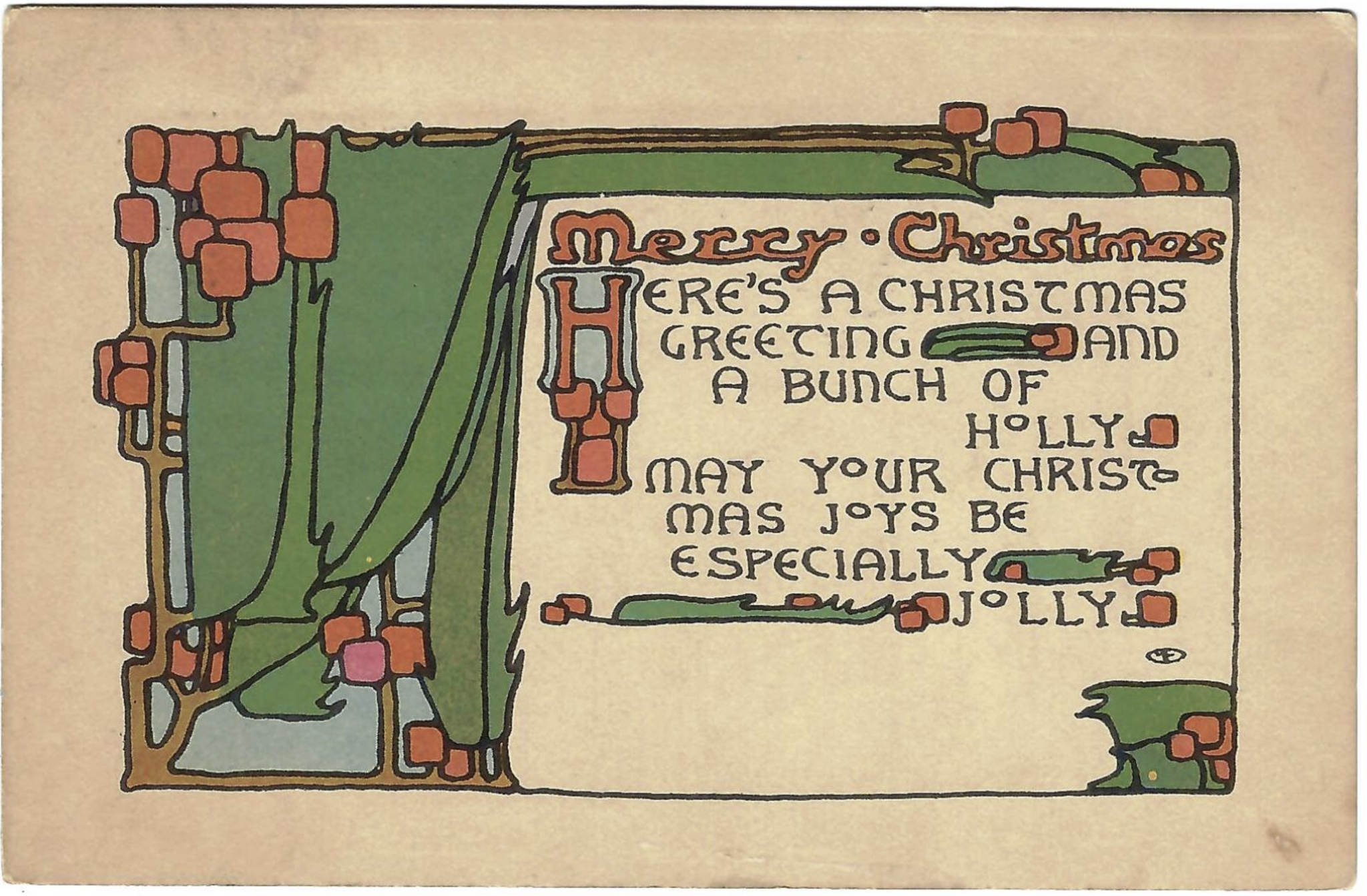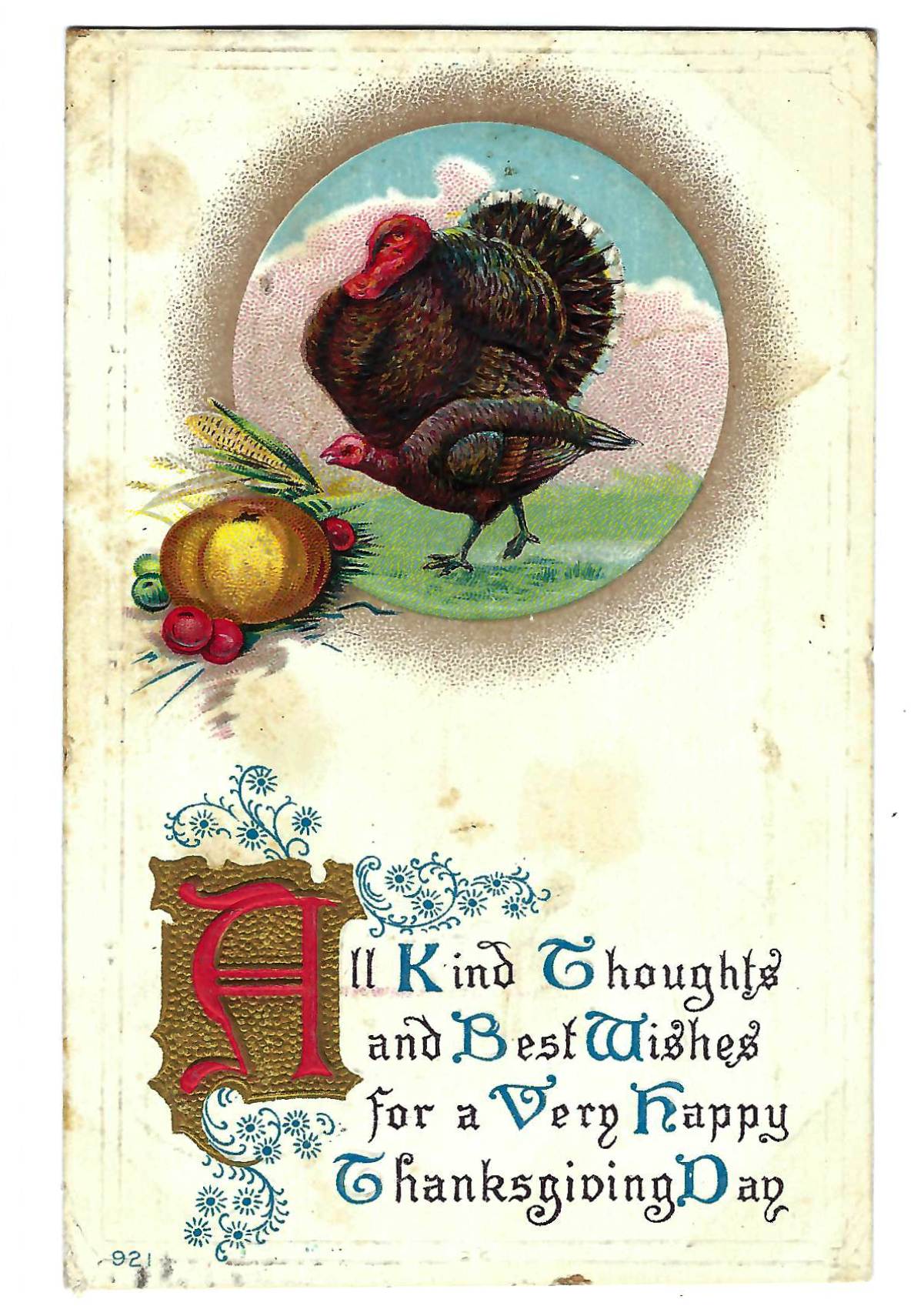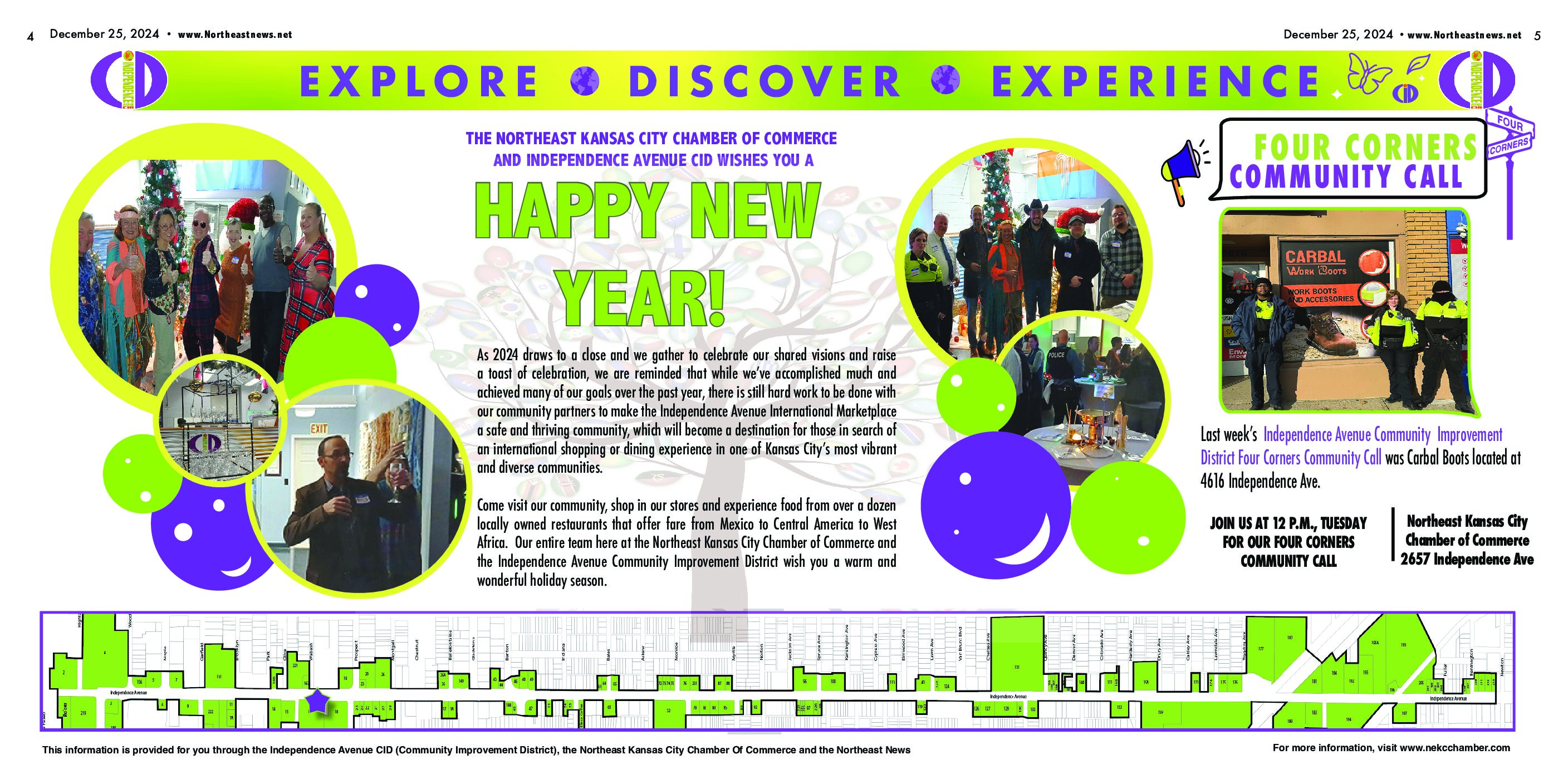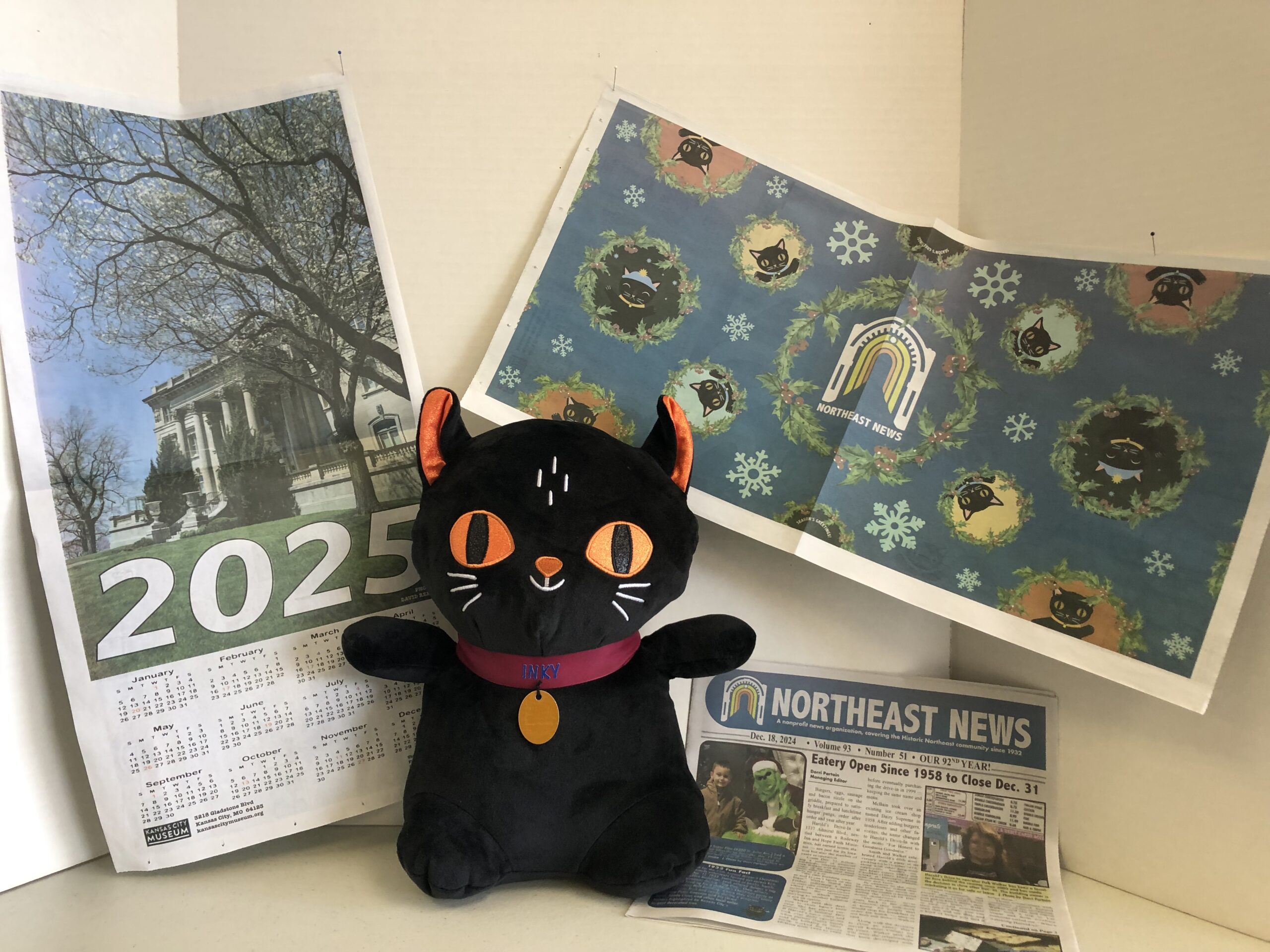
This week’s black and white photo postcard spotlights the central part of the great frieze carved in to the north wall of the Liberty Memorial. The frieze was dedicated on Nov. 10, 1935, nine years following the original dedication of the Liberty Memorial during the American Legion convention on Nov. 11, 1926.
The card is a commemorative postcard commissioned by the Commerce Trust Company of Kansas City. The description on the back notes: “The frieze is one of the largest carved stone friezes in the world, eighteen feet high, one hundred forty eight feet long. It is the work of Edmond Armateis, eminent sculptor and United States World War veteran.”
The inscription that runs across the top of the length of the frieze reads: “These have dared bear the torches of sacrifice and service. Their bodies return to dust but their work liveth evermore. Let us strive on to do all which may achieve and cherish a just and lasting peace among ourselves and with all nations.”
The sculptor Edmond Armateis was born in Rome, Italy, in 1897 and studied at the Beauz Arts Institute in New York City. He is a well-known American sculptor whose work adorns public buildings including the Buffalo New York Historical Society and the Baltimore Maryland War Memorial.
The Liberty Memorial frieze depicts the United States moving from a time of war to a time of peace in vignettes starting from left to right. The four horsemen of the apocalypse that represent the death and destruction of war are at the beginning of the frieze. Patriotism is represented next, represented with unity of Americans at war. The next scene is representative of the wounded who are guided by a nurse.
The Nov. 11, 1918, armistice is represented by the American soldiers returning home, and the crosses in the cemetery represent those who gave the ultimate sacrifice. In the center of the frieze, and shown on this card, is Liberty, symbol of peace and understanding. She is flanked by soldiers putting down the implements of war and picking up the instruments of peace.



















